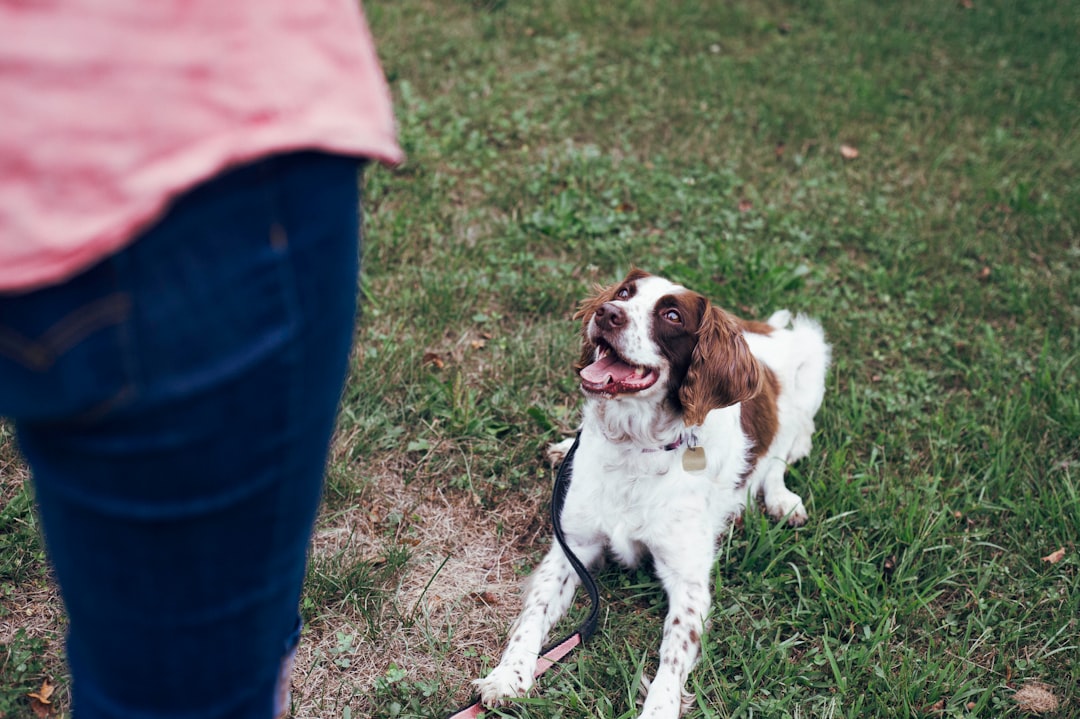The Power of Pack Leadership: Creating Balance and Respect in Dog Training
Pack Leadership in Dog Training
Definition of Pack Leadership in Dog Training
Pack leadership in dog training refers to the concept of establishing the owner as the leader of the dog’s “pack.” It is a method that involves setting boundaries, rules, and limitations to create a balanced and respectful relationship with the dog. The goal of pack leadership is to establish clear communication and a sense of calm-assertive energy between the owner and the dog.
In pack leadership, the owner assumes the role of the pack leader and guides the dog’s behavior through positive reinforcement and effective communication. The owner sets the rules and expectations for the dog, and the dog learns to respect and follow the owner’s guidance. Pack leadership is not about dominance or force, but rather about creating a harmonious and cooperative relationship with the dog.
Understanding Pack Leadership in Dog Training
To understand pack leadership in dog training, it is important to debunk some common misconceptions. In the past, the traditional view of pack leadership was based on dominance theory, which suggested that dogs need to be dominated and controlled by their owners. However, recent studies have shown that this view is outdated and inaccurate.
Observations of wolf behavior in the wild have revealed that wolves do not exhibit constant aggression or seek high positions within the pack. Instead, they prioritize cooperation, communication, and maintaining social harmony. This indicates that the idea of a hierarchical dominance structure, where the alpha wolf asserts dominance over the rest of the pack, is not an accurate representation of wolf behavior.
Dogs, as descendants of wolves, have inherited some of these social behaviors. However, their behavior is also influenced by factors such as genetics, socialization, fear, and learning. Therefore, training methods based on dominance and alpha theory are not supported by scientific research and can be cruel and unnecessary. It is important to approach dog training from a more modern and humane perspective.
Establishing Pack Leadership
Establishing pack leadership involves several key strategies and techniques. One important aspect is the use of calm-assertive energy by the owner. This means projecting a sense of calm and confidence when interacting with the dog. Dogs are highly attuned to human emotions and energy, and they respond better to a calm and assertive leader.
Setting boundaries and asserting ownership of territory is another important aspect of pack leadership. Dogs are naturally inclined to seek structure and guidance, and by providing clear boundaries, the owner can establish their role as the leader. This can be done by using physical cues, such as making the dog wait before entering or exiting a door, or by using verbal cues to establish rules and expectations.
Another effective technique for establishing pack leadership is making the dog work before rewarding them. This can be done by asking the dog to perform a simple command, such as sitting or lying down, before giving them their food or treats. By making the dog work for their rewards, the owner reinforces their position as the leader and teaches the dog to respect and follow their commands.
Knowing the needs and preferences of the dog is also crucial in establishing pack leadership. Dogs have individual personalities and preferences, and by fulfilling their needs, the owner can create a balanced and harmonious relationship. This includes providing the dog with proper exercise, mental stimulation, and socialization opportunities.
By implementing these strategies and techniques, the owner can establish themselves as the pack leader and create a respectful and cooperative relationship with their dog. This not only enhances obedience and responsiveness to commands but also strengthens the bond and trust between the owner and the dog.
[1] Source: [object Object]
